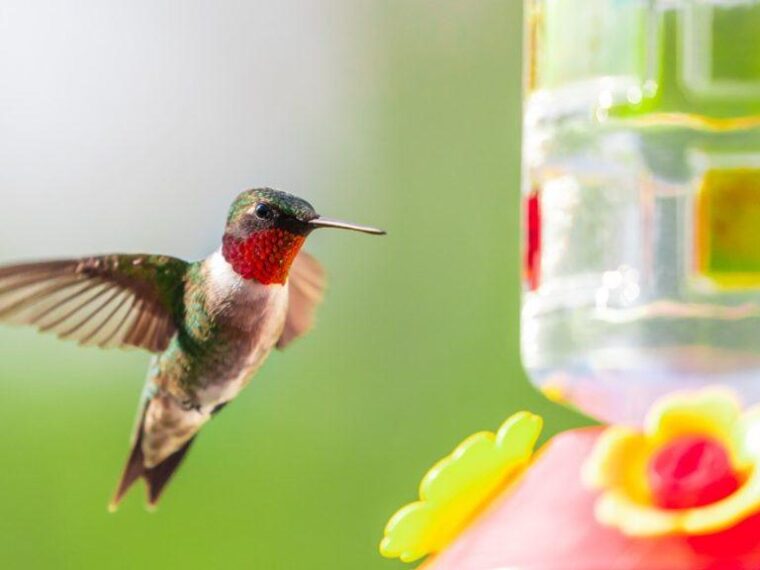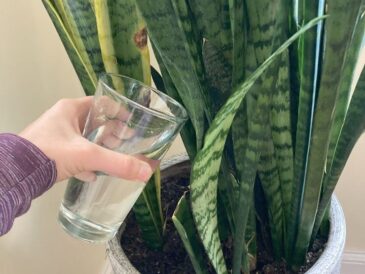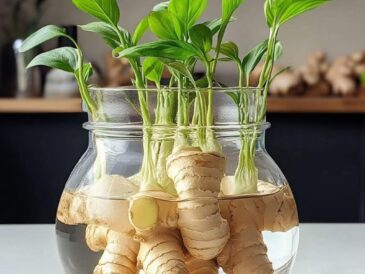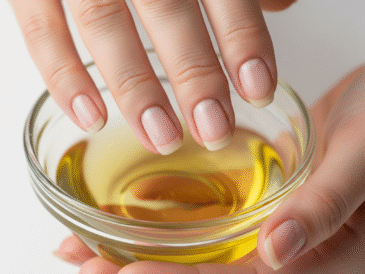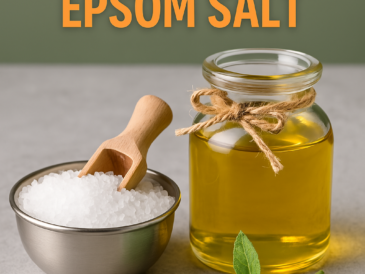Native Flowers
Native plants are a must. They’re already adapted to your local environment and provide the right kind of nectar. In the U.S., examples include Coral Honeysuckle in the south and Penstemon in the west.
Perennial Favorites
Perennials like Bee Balm, Columbine, and Salvia are excellent choices. They return every year, ensuring your yard remains hummingbird-friendly without constant replanting.
Seasonal Annuals
Annuals like Petunias, Zinnias, and Snapdragons are easy-to-grow, vibrant options that bloom continuously throughout the season.
Vines and Shrubs
Add some vertical interest with vines like Trumpet Creeper or shrubs like Butterfly Bush. These plants offer both food and shelter.
Creating a Hummingbird Haven
Placement of Plants
Group flowers together in clusters for better visibility. Position them in sunny spots, as hummingbirds are active during the day.
Water Features
Consider adding shallow fountains or misters. Hummingbirds love to bathe and play in fine sprays of water, especially on hot days.
Avoiding Common Mistakes
Avoid using pesticides or artificial sweeteners. These can harm hummingbirds and deter them from visiting your garden.
My Results After Following Expert Advice
Increased Visits
Within weeks, my yard was bustling with hummingbirds. It was amazing to see so many vibrant, tiny birds zipping around and enjoying the garden.
Other Wildlife Benefits
Not only did the hummingbirds love the new plants, but butterflies and bees also began to visit more frequently, creating a lively ecosystem.
Maintenance Tips for a Hummingbird-Friendly Yard
Regular Feeding
If you use feeders, clean them every few days to prevent mold and bacteria. Refill them with a simple sugar-water solution (no food coloring).
Seasonal Adjustments
Plant flowers that bloom at different times of the year. This ensures a constant supply of food and keeps hummingbirds coming back.
Conclusion
Transforming my yard into a hummingbird haven was a rewarding experience. The advice from the expert was spot-on, and the results were stunning. If you’re ready to welcome these magical creatures, start planting today. Trust me, you won’t regret it!
FAQs
- How often should I clean hummingbird feeders?
Clean them every 3-5 days, especially in warm weather, to prevent harmful mold. - What is the best time of year to plant hummingbird-friendly flowers?
Spring is ideal, as it gives plants time to establish before summer blooms. - Can I use store-bought nectar for feeders?
Homemade sugar water is better, as it avoids unnecessary additives. - Do hummingbirds stay in one area year-round?
Many species migrate, but providing food can encourage them to linger longer. - What can I do to protect hummingbirds from predators?
Place feeders in open areas away from hiding spots for cats and other predators.
